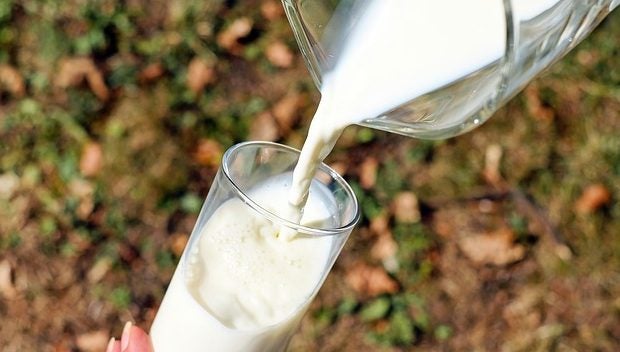Farmers want more milk options in Virginia schools
Published 10:09 am Wednesday, November 2, 2022
|
Getting your Trinity Audio player ready...
|
Milk is chock-full of necessary vitamins, and having more milk options available during school meals helps ensure students receive essential nutrients.
That’s the message Virginia Farm Bureau Federation and other agriculture groups are sending to the U.S. Department of Agriculture’s Food and Nutrition Service, urging it to offer more milk options to schools participating in the National School Lunch Program and School Breakfast Program. Those options include 2%, whole and flavored milk.
“VFBF is advocating for the wider availability of milk options in schools for two reasons — the health of our nation’s children and the health of the dairy industry,” said Ben Rowe, VFBF national affairs coordinator. “Consumption of milk is critical for children and adolescents who may not generally obtain necessary levels of vitamin D, potassium, high-quality protein, calcium, vitamin A, vitamin B12 and other key nutrients.”
With students eating breakfast and lunch at school during the week, these meals are prime opportunities to provide nutrients to children. According to the National Dairy Council, milk is the top food source providing calcium, vitamin D and potassium for Americans 2 years and older.
The USDA recently announced flexibility for flavored milk in its new Transitional Standards for Milk, Whole Grains and Sodium. Under this ruling, both flavored and unflavored choices are offered for skim and low-fat milk in the NSLP and SBP through the 2023-24 school year.
And while VFBF and others applaud the temporary inclusion of flavored milk, they also want the USDA to expand those offerings to include 2% and whole milk, and include flavored milk on a permanent basis. The USDA currently is working to develop long-term school nutrition standards based on the latest Dietary Guidelines for Americans for 2025 and beyond. A proposed ruling with the new comprehensive standards is expected to be released later this year.
“Numerous studies have shown significant drops in milk consumption after flavored options are removed, limiting intake of essential nutrients,” Rowe explained. “Less selection and consumption also contribute to heightened rates of food waste.”
Rowe cited a 2019 study published in the Journal of the Academy of Nutrition and Dietetics that found student milk consumption dropped from 94% to 57% when flavored milk options were removed from schools. Additionally, children and adolescents choose whole and 2% milk more often than low-fat or nonfat options.
“Whole and 2% milk, including flavored options, should be available to students to promote childhood nutrition through more consistent consumption of school milk,” Rowe said.






